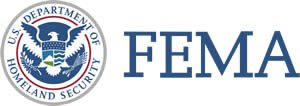RSS feed source: Federal Emergency Management Agency
Middle and Western Tennesseans impacted by the April 2-24 severe storms, straight-line winds, tornadoes and flooding may be eligible for FEMA assistance to repair or replace a vehicle.
FEMA provides financial help after a disaster for eligible expenses not paid by insurance or other sources. This may include repair or replacement of a vehicle. The damage to your vehicle must have been caused by the disaster and it must no longer be operable or safe to drive. Cosmetic repairs will not be covered. Other requirements include:
Assistance is usually limited to one vehicle. If there is a second functional vehicle in your household, you must submit a statement indicating there is an essential need for both vehicles to maintain the household.Your vehicle must comply with state registration and insurance requirements.Your vehicle must be owned or leased (not a rental) by the applicant, co-applicant or household member.Your damaged vehicle must be an approved vehicle type, such as a car, truck, SUV or van.
The deadline to apply for assistance is Tuesday, Aug. 19.
How to Apply for FEMA Assistance
Apply online at DisasterAssistance.gov, use the FEMA App for mobile devices or call the FEMA Helpline at 800-621-3362. In-person help is available at any Disaster Recovery Center for submitting applications, getting updates and asking questions. Find a center here: DRC Locator (fema.gov).
Video: What to Expect Before Applying for FEMA Assistance | ASL | Spanish
Video: Next Steps After
Click this link to continue reading the article on the source website.


